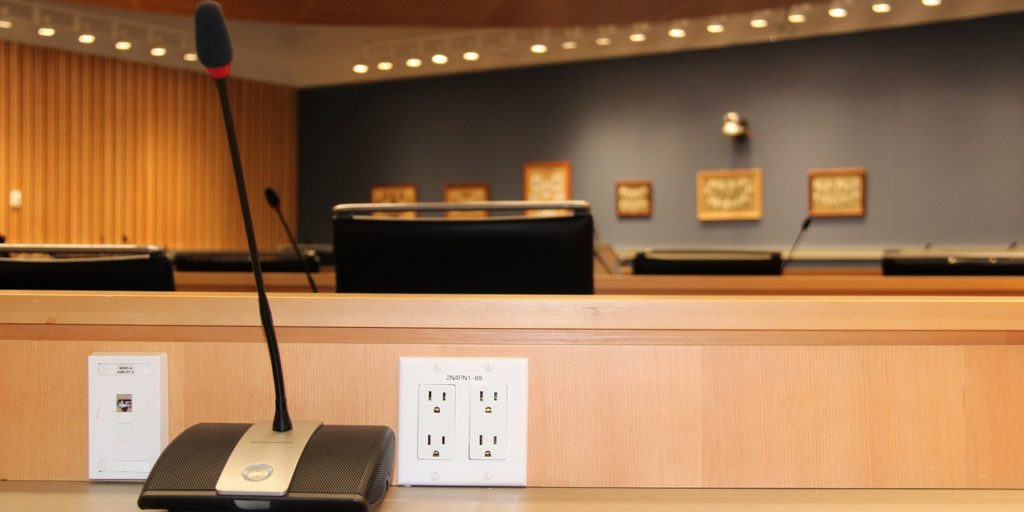- Lifetime licence bans are needed to fight drinking and driving - January 6, 2021
- Tinted windows in automobiles: are they permitted in Ontario? - August 7, 2020
- Recent cycling deaths point to a need to make roads safer - July 27, 2020
While reverse onus laws were implemented with good intentions, the legislation is unlikely to act as the trigger in proving and advancing a case, Toronto critical injury lawyer Patrick Brown told participants at Ontario Bar Association Institute 2015. The Institute is the highest attended continuing legal education program in Ontario.
Brown, partner with McLeish Orlando LLP, participated as a panelist during a session titled “Liability Issues in Cyclist / Pedestrian Cases.” The panel was moderated by Justice Darla A. Wilson of the Superior Court of Justice.
‘Very little impact’
“I think at the end of the day, a jury looks at who’s right and who’s wrong and who might be partly right and who might be partly wrong,” Brown said in response to a question on whether reverse onus laws are necessary. “No matter how much you try to argue that there’s a reverse onus, it really has very little impact at the end of the day in proving your case and advancing that perhaps in a particular circumstance, the driver was 100 per cent at fault.”
The law is “really considered to be a vulnerable road user law,” said Brown. “There are people who use the road who are vulnerable like cyclists because they are not protected with or encased with steel around them and collapsible steering wheels. Therefore, they put this reverse onus in, but it has very, very little teeth.”
Brown has argued that there is a need to bring in real and substantive vulnerable road user laws such as increased fines and punishments when drivers hit a cyclist or pedestrian. As more cyclists continue to use roadways, Brown said the importance of safety and sharing the road is getting more attention.
‘More savvy’
“You’re hearing more politicians becoming more savvy about bikes and bikes on the road and the need for safety that I think we are finding the judges at least are taking a different approach on these cases,” he said. “They’re understanding that people on bikes and pedestrians are very vulnerable. And when you’re in a vehicle, you have to take some extraordinary care when you’re in the vicinity of these individuals.”
Toronto is a polarized city when it comes to the relationship between drivers and cyclists, said Brown.
“People that ride have a certain perception about cars and vice versa, people commuting, trying to get through the city, about bikes,” he said. “You get the wrong jury pool and you’ve got a runaway jury on these issues. On both sides. It’s very difficult to understand where a jury would go.”
Case law is clear that roads are meant to be shared equally between bikes and cars, said Brown, and the municipality has an obligation to ensure that reasonable steps are taken to ensure safe passage is given to all.

